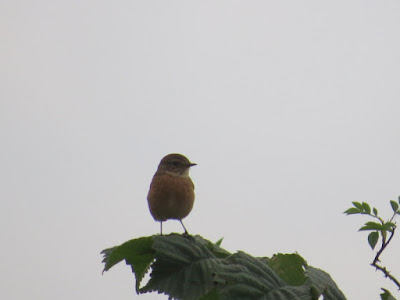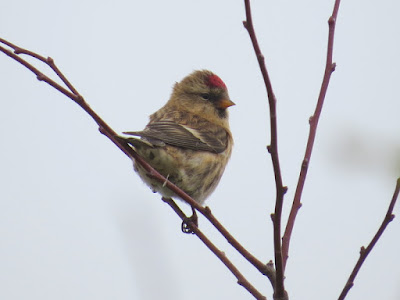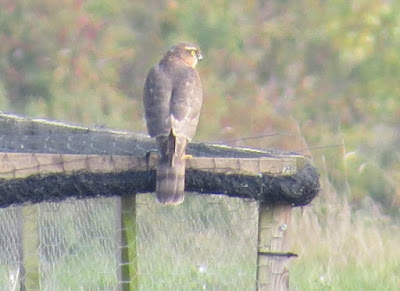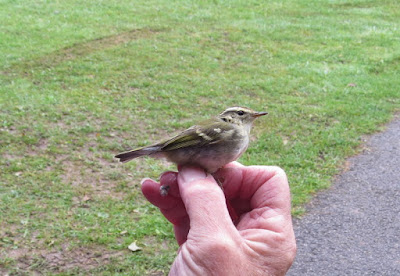 |
| Greenfinch |
I will spare you the full analysis, but the thrust of my argument is as follows: Birding can be considered as a science, as an art form, as an obsession, and as a sport. To me it is all four, but in each case I fall short.
The science bit concerns the counting and recording of species, reporting my records to the BTO on Birdtrack, and at the end of the year to the county recorder for permanent archive. It's a shame that this year I have discovered I can't count past 50 without getting confused.
As for art; my photographs can best be described as adequate and my sketching variable in quality. I do not have the patience or the technical ability to develop either.
I used to think I was obsessed with birds, but there are people who contribute 800 lists per year to Birdtrack. That's over two lists of birds seen per day for every day of the year. It makes me look like a part-timer.
Finally, we come to birding as a sport. This relates to the keeping of lists, something I have always done. Ignoring life-lists, the real competition comes from year-lists, and in recent year the emergence of Patch year-lists. These have been formalised by a site called Patchwork Challenge. There are rules, and points systems, all pandering to my competitive streak. I have been doing it for three years, and despite being massively enthusiastic I find that this year I am lying 12th out of 15 in the Midlands comparative league. This is relegation form. The rules are somewhat complicated, but ingenious. I could go through them, but you will be asleep before I get to the end. The ironic thing is that it has occurred to me that my best strategy now is to see next to nothing for the remainder of December in order to get a more favourable "target" for 2016.
So in that respect today's visit was a triumph.
Happy New Year.

















































